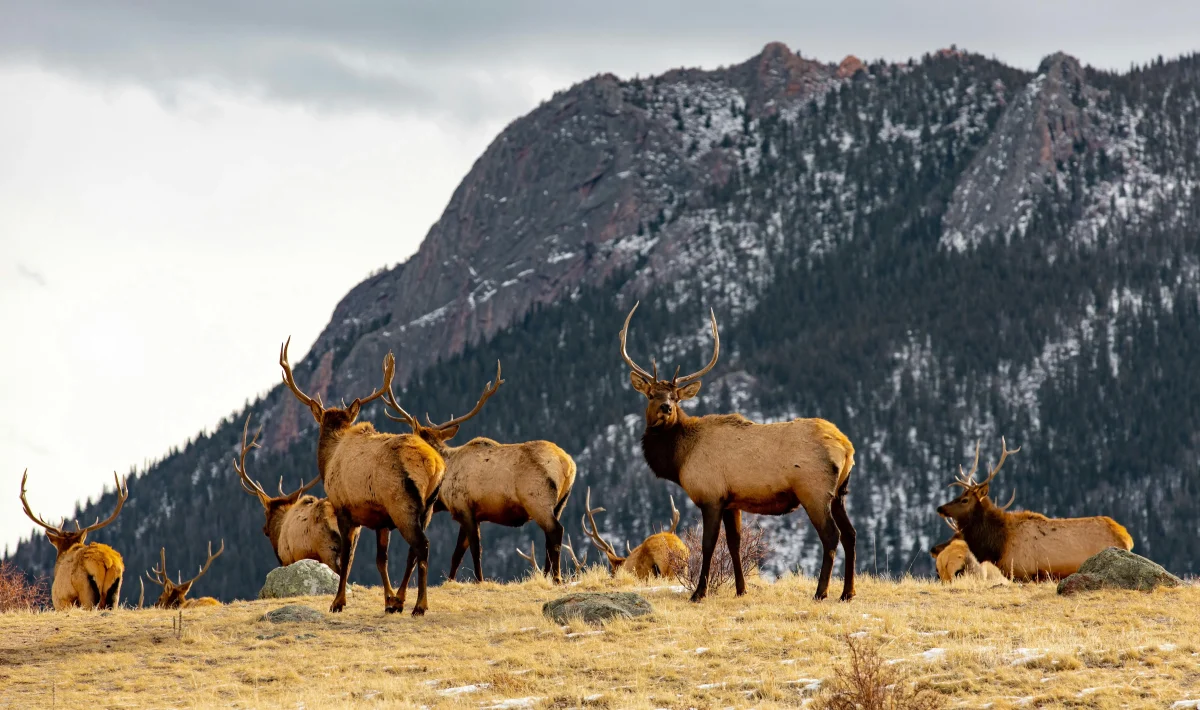Imagine a world where trees lay barren, coral reefs lose their multicolored vibrancy, and animals no longer fill the world with beauty. This is not an exaggeration; it is a glimpse into our very real future if we continue down our path of destruction and disregard for our planet. A rapid decline in biodiversity protection in recent years has caused environmental researchers to urge the public and policymakers to prioritize climate concerns and habitat loss.
In December 2022, over 190 countries adopted the Biodiversity Plan which committed to protecting ecosystems worldwide. According to the International Institute for Sustainable Development (IISD), “The framework includes 23 targets aimed at reversing habitat and species loss. Target 3, colloquially known as ’30×30′, specifically calls for the effective protection and management of 30% of the world’s terrestrial, inland water, and coastal and marine areas by the year 2030.”
In a recent article from The Guardian, researchers have discovered that designated protected areas will not reach the 30×30 goal due to many factors including oil drilling, gas, and mining. Dr Gareth Thomas, head of research innovation at NHM, said: “I think if you asked most people they would assume an area designated as ‘protected’ would at the very least do exactly that: protect nature. But this research showed that wasn’t the case.”
The amount of land protected for nature stands at 17.5% of land and 8.4% of marine areas which is an increase of about half of a percentage point each since Cop15 in 2022 according to the article from The Guardian. This number will need to increase significantly by 2030 if world leaders hope to meet the target.
There are countless examples of oil and mining destroying protected areas of nature throughout biodiverse countries like Indonesia, Congo, Bolivia, Venezuela, and Madagascar. Conkouati-Douli National Park is one of the most protected areas in the Congo – yet more than 65% of the park is covered by oil and gas concessions, according to a new report by Earth Insight.
Corruption, political instability, and a lack of resources are also reasons the conservation laws are not implemented or enforced. When governments lack resources or suffer from corruption, officials cannot make lasting policies to further protect the environment. A final factor in biodiversity decline is the impending threat of climate change such as wildfires and droughts which destroy rich ecosystems and leave animals without habitats.
Researchers hope their findings will be a wake-up call for politicians and legislators to focus on protecting designated areas. “The ministers and policymakers need to know it is not about just hitting a number,” said Dr. Thomas.
When interviewing AP Environmental Science teacher Ms. DasGupta about the importance of prioritizing climate concerns, Ms. Dasgupta said, “We fail to understand that we are all connected. It is like a big puzzle, if one piece is missing the whole thing will crumble.” She also added, “Every sphere of society needs to be involved and made aware so that we can tackle this problem. ”
National governments and local communities must work together create lasting protections for places that support life on Earth. Whether it’s donating or volunteering for environmental charities or changing little habits in your daily life like starting a garden to help clean the air or biking and carpooling to reduce carbon emissions, we can all work together to make our world a more protected and diverse place.






















































